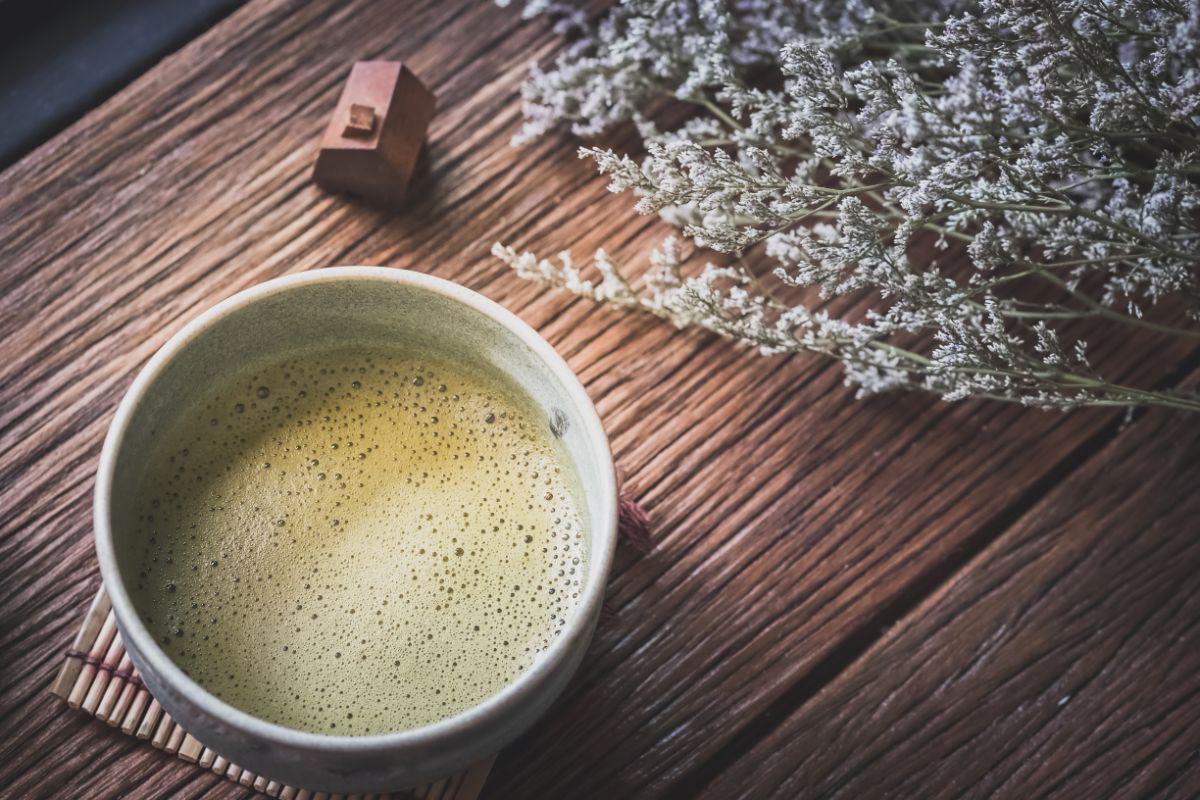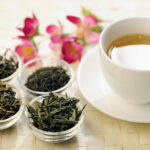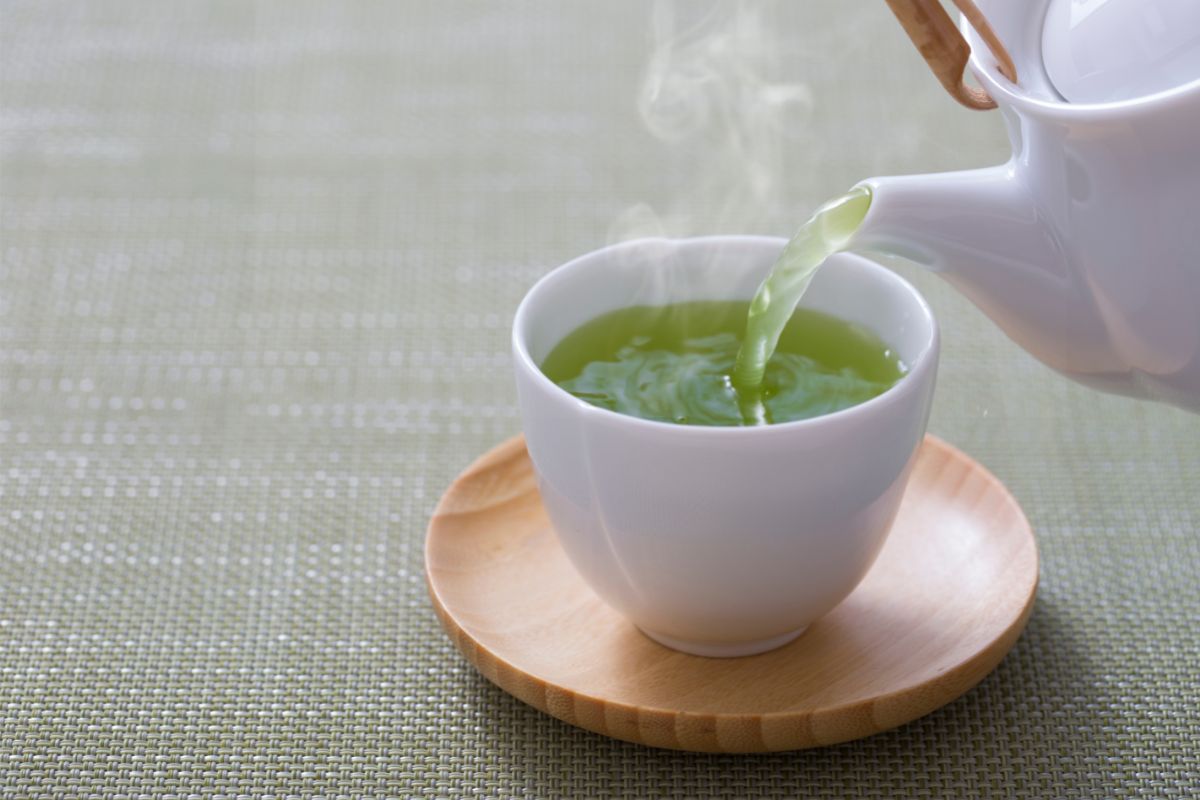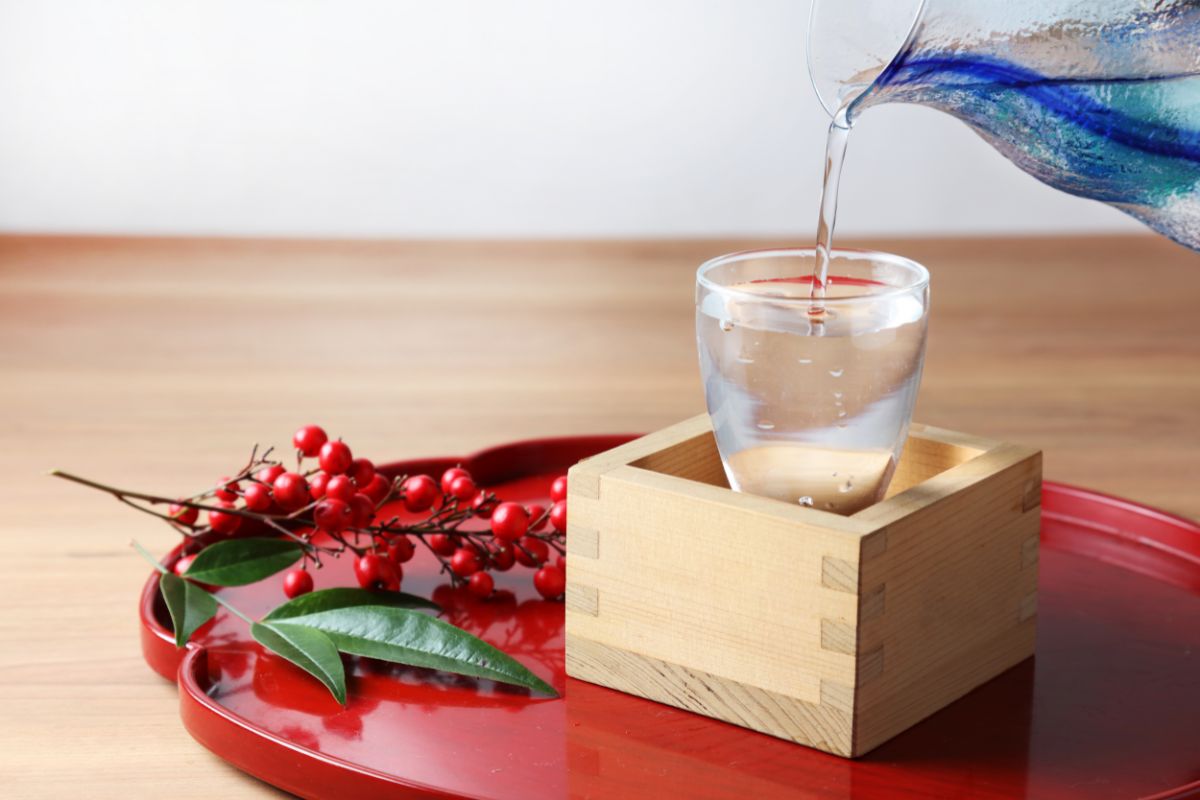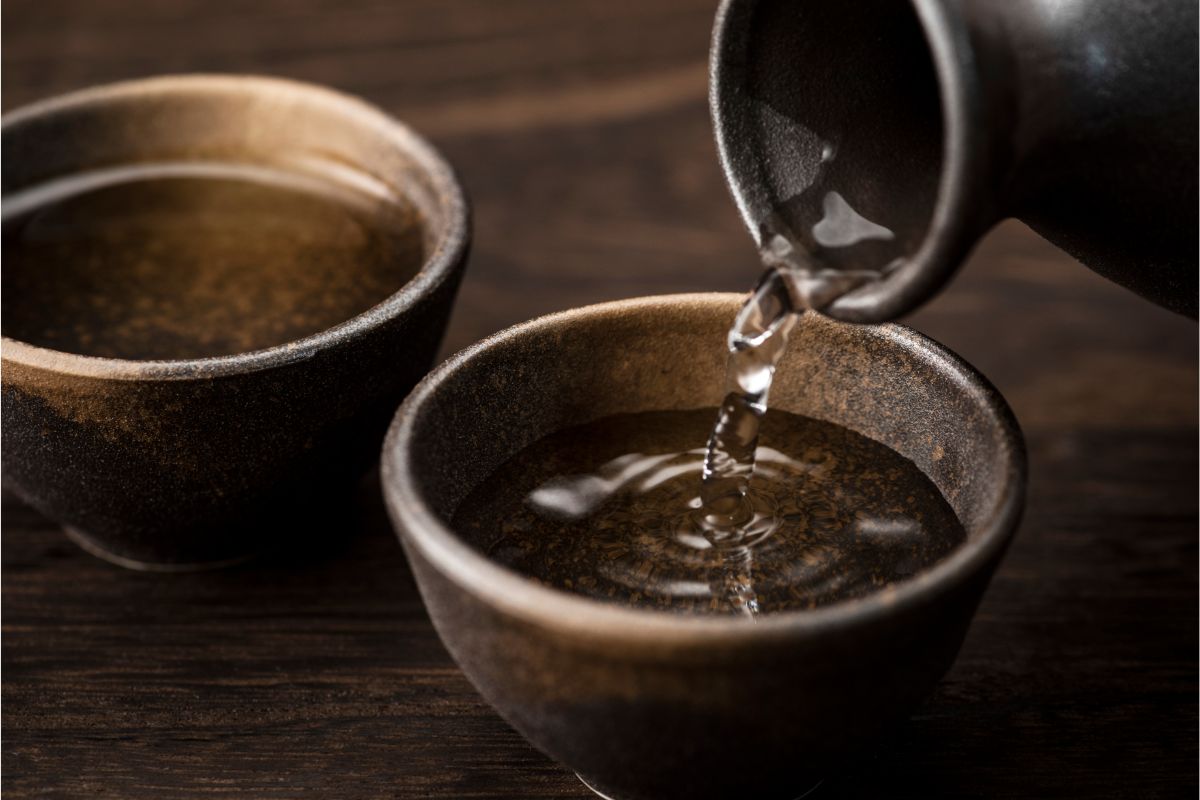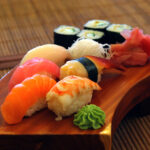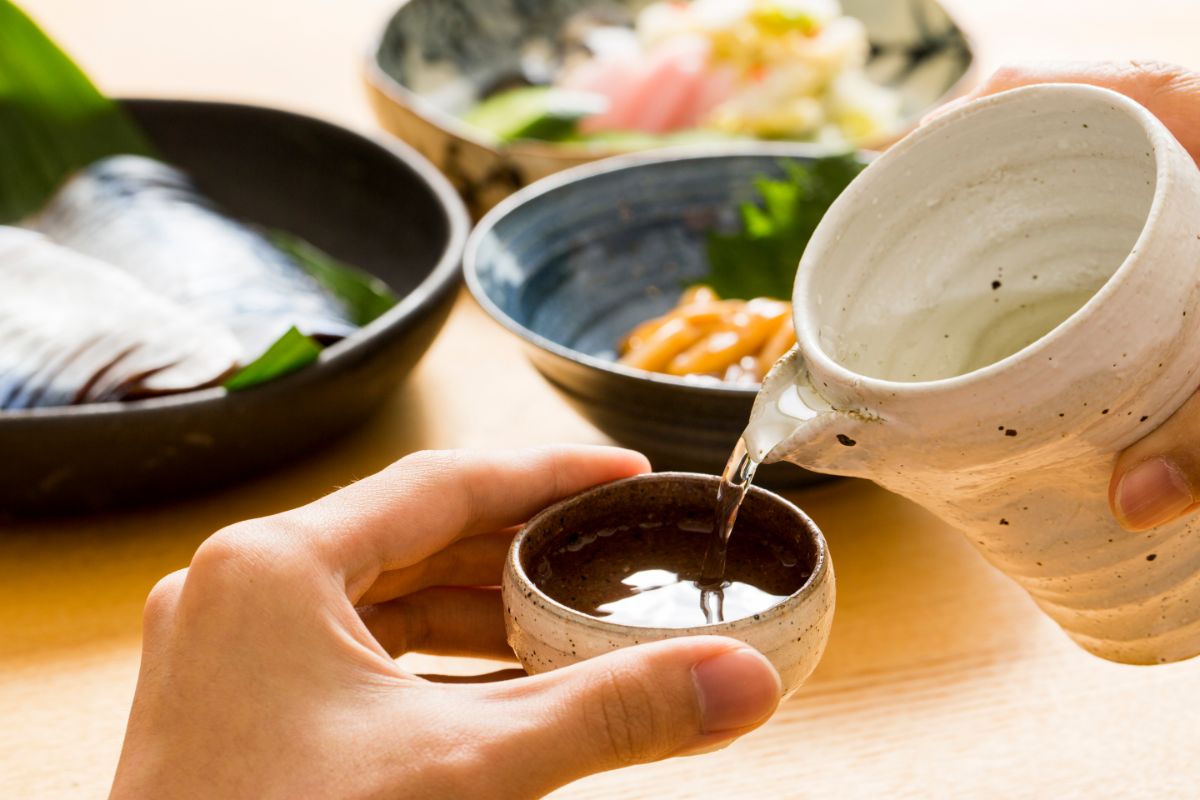If you are looking for a tea with low caffeine, then hojicha is it. Usually drank as an evening tea, the process of roasting the leaves contributes to its low caffeine content.
While it is considered to be a ‘caffeine free’ alternative to other teas, it does have a low dose of caffeine. So, this is something to be aware of if you are looking to consume a beverage that is 100 percent free of caffeine.
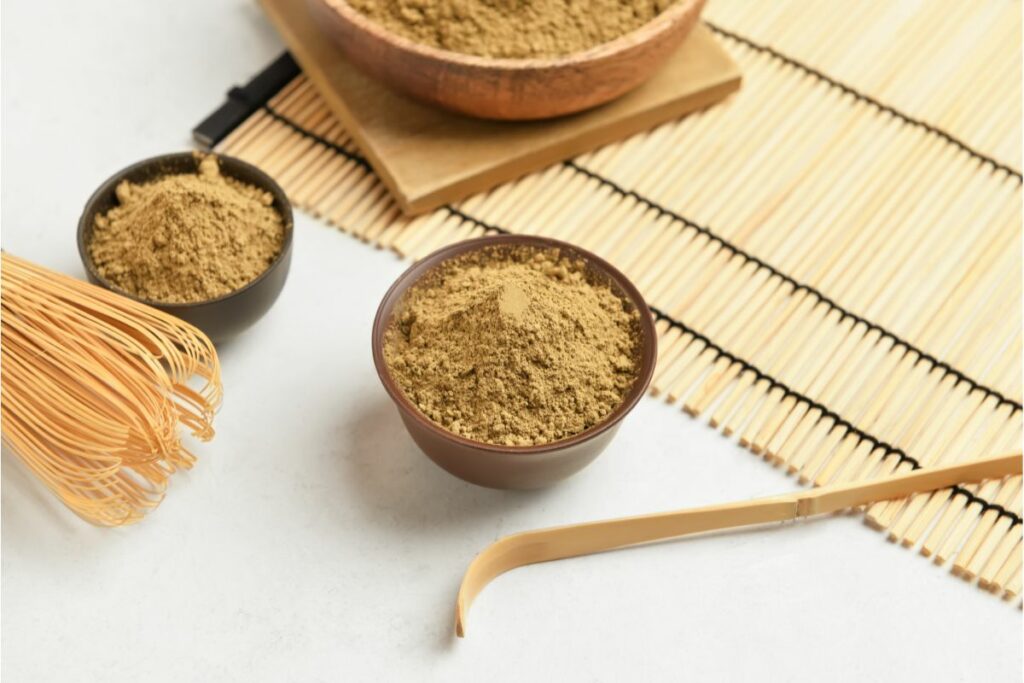
Also, it depends on the type of leaves that have been roasted to create hojicha tea. In this article we shall take a look at the caffeine content in hojicha tea. So, let’s get to it!
What Is Hojicha Tea and Why Should You Drink It?
Hojicha tea is a form of green tea that originates from Kyoto, Japan, which doesn’t have the same bitterness or color to that of the green tea you are used to. In fact, the leaves are roasted which creates a reddy brown color, both with the leaves and the brewed tea itself.
Instead of the bitterness that is associated with regular green tea, it has a more nutty and roasted flavor. This makes it especially toasty and delicious during a fall evening. However, it can also be enjoyed as a cold drink during the warmer months.
People choose to drink hojicha tea due to it having a milder flavor, and the fact it is lower in caffeine. This also makes it quite the popular evening drink, or at least one that can be enjoyed at any time of the day.
Not only that, it comes from the green tea family meaning it has the same benefits, just with a lower amount of caffeine – much lower!
How Much Caffeine Is In Hojicha Tea?
When it comes to the caffeine content of hojicha tea, it all depends on the type of leaves that are used and the process of roasting. To put it simply, hojicha tea leaves go through a roasting process where the temperature reaches 200 degrees.
It is important to reach this high temperature due to the fact that caffeine starts to sublime around 178 degrees. However, while this is important, it also depends on when the leaves are harvested and what type they are.
For example, to be low in caffeine the leaves need to be mature at harvest time. The younger the leaves, the more caffeine is included, hence the reason traditional green tea uses leaves in their prime.
Sencha green tea uses leaves of the same name which are ‘young’. This makes the green tea higher in caffeine. If you are looking for one of the lowest caffeine hojicha teas, then one made from twig tea (otherwise known as kukicha) is the best choice.
How Much Caffeine Is In Hojicha Compared to Coffee?
The reason hojicha is such a great drink to have is because it has barely any caffeine included. To put it into perspective, a 250ml cup of coffee has a round 40 mg worth of caffeine included.
The same amount of hojicha tea has around 7.7 mg of caffeine included. This is such a big difference, making hojicha a good option for those who would like to reduce their caffeine intake, or have a warming drink later in the day.
At What Temperature Should You Brew Hojicha Tea for Optimum Flavor?
Most of the time we do not pay attention to how long we brew a tea for. Once the color looks like it has seeped its way into the hot water, we remove the tea leaves from its strainer, or pour it out of the teapot.
However, to really make the most of the sweet roasted flavor, you will want to be quite precise when roasting hojicha tea.
There are a few methods, with some people wanting to leave it longer, but if you have never tried it before, steep the tea leaves at 175 fahrenheit for around 30 seconds. This ensures that you do not lose that delicate and delicious flavor which will form quite quickly.
Let the tea cool for a bit before you drink it. While you are waiting, you can take in the earthy tones and relax. If you liked the tea, then why not steep the leaves again for another cup?
Is Hojicha Tea as Beneficial as a Traditional Green Tea?
While they both come from the same family, there is a difference.
Even though hojicha tea does have antioxidant properties, there have been studies to show that the high temperature of the roasting method the leaves go through can cause the leaves themselves to lose some of the antioxidants that are present.
These high temperatures have been known to destroy catechins in the leaf which are a type of antioxidant known for being super good for our bodies. So, if you are drinking tea purely for its beneficial properties, then stick to traditional green tea.
Having said that, it isn’t all bad. Hojicha tea still has antioxidants present, however, it can’t be considered a healthier alternative to traditional green tea due to having less benefits. However, it will not harm you and is a really delicious beverage to consume.
Final Thoughts
If you are looking to enjoy a tea with next to no caffeine, then hojicha is a great option. Not only does it reduce the amount of caffeine you will drink when compared to a cup of coffee, but it also means it can be consumed later in the day.
While it does have a low caffeine content, it is still a member of the green tea family. This means that drinking a cup of hojicha tea will have the same benefits but without the caffeine and the bitter flavor.
So, the next time you are looking for a ‘caffeine free’ tea that you can enjoy later in the day, think about sipping on a cup of hojicha tea. It has roasted and nutty flavors, perfect for a fall evening – or, you can let it brew cold for a refreshing summer drink.
- 16 Best Websites To Watch Japanese Movies With English Subtitles - May 11, 2023
- Is ZIPAIR The Best Airline For Traveling To Japan? - May 11, 2023
- Ryu Murakami Vs Haruki Murakami – Which One Should You Read? - May 11, 2023

